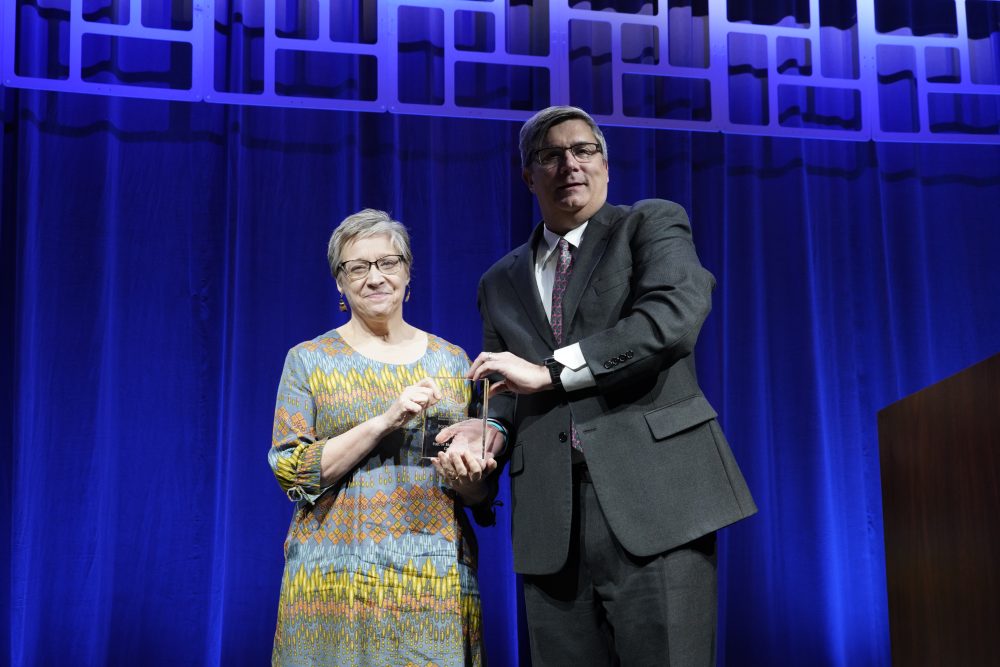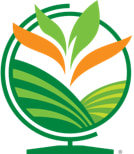From Bean to Book
2020 Book of the Year author Peggy Thomas's story about her experience writing and researching for her book, Full of Beans, Henry Ford Grows a Car
.jpg)
.jpg)
By: Peggy Thomas, author of "Full of Beans" the AFBFA 2020 Book of the Year
I am no stranger to the soybean. From my home in Middleport, New York, I can head in any direction and soon be knee deep in a soybean field. I love the lush green of the crop in summer and how it burnishes to a bright gold in autumn. I’ve snacked on roasted edamame, sautéed with soybean oil, and at this moment I think there is a block of firm tofu sitting in my refrigerator. Still, I had no idea of all the amazing things a soybean could do. Least of which was being molded into the body of a 1941 car.
That’s why I love writing nonfiction. I am constantly learning weird and wonderful information every day. (If only I could remember it all.) For my newest book, Full of Beans, Henry Ford Grows a Car, I took a crash course in soybean farming, car manufacturing, and a deep dive into Ford’s life. Most of that information didn’t make it into the book. Only the good bits.
In a nutshell, Full of Beans is the story of how Henry Ford created a car with soybean plastic body parts. That’s the hook; the weird fact to get kids reading. But the fuller story is about Henry Ford’s compulsion to recycle and create sustainable “green” manufacturing. Sounds familiar, right? Many companies are doing the same thing today. I hope young readers will wonder why? Why be sustainable? Why, if we started so long ago, haven’t we figured it out yet?
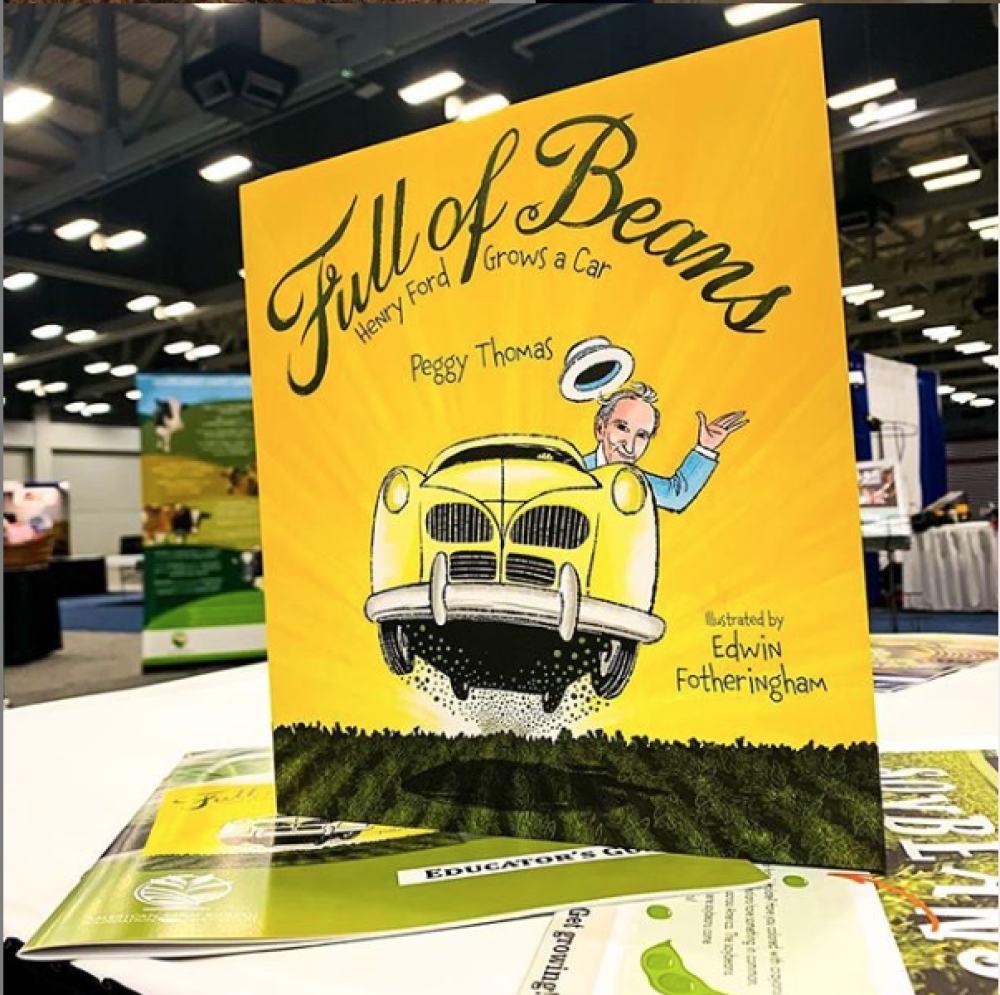
Although it’s technically a historical biography, it is also my way of connecting kids to the larger world around them. For example, when they read the long list of products that contain some part of the soybean, I hope they look around and ask: Is there soy in my crayon? Are there soybeans in my desk? How many soybean products have I eaten today?
Basically, my goal is to take young readers on the same journey of discovery that I took while researching the book. I want them to be able to spot a soybean field a mile away, and know the fuzzy feeling of a pod in their hands. Even to question some of the information. I was so skeptical of the story that Ford’s baker used a Model T hubcap to cut out cookies, that I got on eBay and bought one. Sure enough, a Model T hubcap is the same size as the biscuit cutter I have in my kitchen. It is one of many props I take with me when I speak in schools so kids know that story and everything else in the book is true.
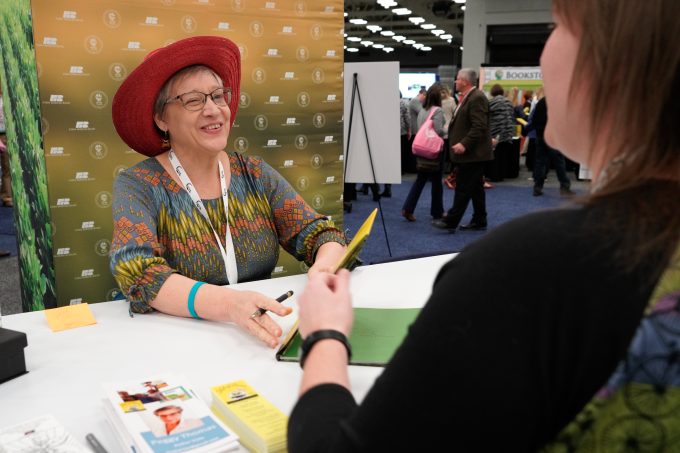
Once I had my hubcap, I had to try it out. I baked a batch of Henry’s soybean snack, and included the recipe in the book. As far as the taste? Let’s just say they are not my go-to treat. I had more fun whipping up a small malleable lump of soybean plastic, which kids can make too.
Someday somewhere when a fourth grader hops into their parent’s car and says, “Hey did you know we’re sitting on soybeans?” Then I’ll know my story hit home.
Thank you, soybean farmers. You made it all possible.
I am also grateful to the American Farm Bureau Foundation for their support and recognition, and to the Farm Bank for sponsoring the Book of the Year Award. To all American farmers – I’m proud to tell your stories.
*****
Peggy Thomas has been cultivating curiosity for more than 20 years writing nonfiction for children, including George Washington Carver for Kids, and Full of Beans, How Henry Ford Grew a Car. Her books have earned the John Burroughs Award, Orbis Pictus Recommended, and NSTA Outstanding Science Trade Book. A frequent speaker at schools and conferences, Peggy is also a happy empty-nester, garden-dweller, and grateful traveler. www.peggythomaswrites.com
